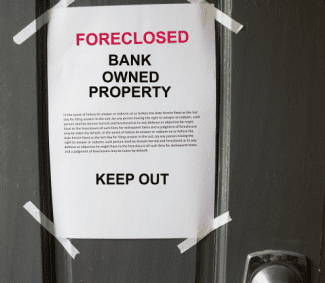What Your Contractor Wishes You Knew Before Starting a Reno Project

So what exactly does a contractor do?
Put specifically, it is the contractor’s job to project manage your renovation, ensuring everything goes according to plan, staying in track in time and budget. To do that, the contractor works with all of a project’s sub-contractors (like plumbers, electricians, tilers, etc.) “As a general contractor, your responsibility is making sure that all those parts are coming together,” explains Jessica. A company like Godwin will bring to the table a vast network of sub-contractors whom it trusts and has worked with in the past, ensuring good work on all aspects of your home.
“A clear idea of the design is the most helpful,” Jessica says. “When the design is kind of nebulous, the project follows that.” That is to say, don’t think you can design as you go. A contractor’s job is to make sure all parties stick to the design plan—and she can’t do that if there is no plan.
What are clients most often misinformed about?
“Timeline,” says Jessica. And, of course, since we all know the old adage “time is money,” increases in time mean—you got it—increases in your bottom line. “I think every owner should anticipate some sort of cost overrun,” Jessica advises. “Whether that’s because of unforeseen circumstances or elements of the design that change.”
What should I make sure not to overlook?
When Jessica mentions coming into your first meeting with a plan, she doesn’t just mean a grand design scheme. “What kind of tiles do you want to buy? Where do you want your outlets? What kind of audio/visual experience are you looking for?” Each of these seemingly small details will cause time hangups if they’re not addressed early on in the process.
What can I do to ensure a speedy process?
Besides coming into the project well prepared, as mentioned above, Jessica says the best clients to work with—and the ones prose projects move along most smoothly—are those who can “delegate decision making.” After all, the contractors are the experts—let them do their jobs and you’ll be glad you did.
What should I expect in my bill from a contractor?
Flat fee? Hourly rate? There are so many ways to bill for renovations. Jessica explains that certain firms will work differently, but for most, hers included, it all comes down to two things: the plan and the changes. “We look at a set of drawings and price it out with at least three different sub-contractor options for each trade, and put together a fixed pricethat reflects that,” she says. “And then, if there are things that are unknown, for example, the tiles or a specification for light fixtures, the contractor will generally put in what’s calledan allowance, which is a certain budgetary figure for those.”
What do you wish your clients better understood?
Given the newfound transparency in pricing in the internet era, Jessica says it’s important to understand “the expertise a contractor brings” to a job. Indeed, a well-respected company like Godwin has done literally hundreds of projects—they’re not just installing the items you selected; they’re ensuring it’s done in the best possible way.
What’s a no-no in client-contractor relationships?
The biggest one, according to Jessica? “Bypassing the general contractor and speaking directly to the tradespeople on site. It creates confusion.” Remember that it’s the contractor’s job to keep track of what each of these people is doing.
Another thing to keep in mind: As with a designer, it’s important to remember that, as big as your renovation might feel, you’re one part of a contractor’s business. So don’t expect all emails to be responded to in five minutes. Plus, it’s nice to remember your contractors are people, too—with personal lives. If you’re thinking of calling them at 3 a.m. with a burning grout question, think again—it can probably wait until the morning. After all, respect goes both ways, and being respectful of your contractor’s time is the best way to ensure they’ll be doing the same for you.
Source: housebeautiful.com















 Accessibility
Accessibility